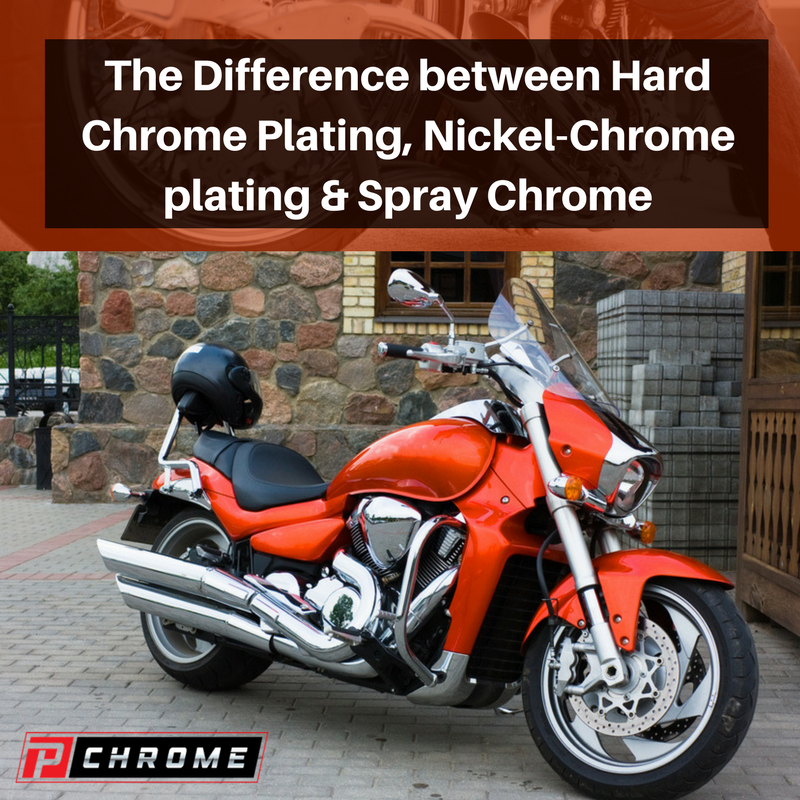People are attracted by the shiny, reflective surface that chrome can provide. The mirror-like finish can give a clean, high-end look to whatever it adorns, mesmerizing all who see it. Many people have misconceptions about chrome and do not understand the difference between hard-chrome plating, nickel-chrome plating and spray chrome. Here is a guide to help you understand how each type differs.
Hard-chrome plating
Hard-chrome plating is likely the least understood of these three chroming processes. Hard chrome plating involves heavy coatings of chromium in order to provide wear resistance, oil retention and lubricity. It is not decorative and is instead used to add durability to such things as piston rings, hydraulic cylinder rods, thread guides and molds. It derives its name from its measurable thickness and is normally applied to steel substrates. While it is metallic and shiny, it is not a decorative finish. Hard chrome plating is a good option for wheels or bumpers.
Nickel-chrome plating
Also called decorative chrome plating, nickel-chrome plating involves electroplating a thin layer of nickel onto the item before the chrome layer is plated onto it. Copper may also be electroplated on the item prior to the application of the nickel. The layer of nickel adds smoothness, reflectivity and corrosion resistance. The chrome layer that is applied on top of it is very thin, measuring in the millionths of an inch. The appearance of decorative chrome primarily comes from the nickel plating. The thin layer of chrome that is applied on top of it will give a slight blue hue while the nickel underneath is more yellow. The chrome layer helps to protect against scratches and tarnish and adds to the corrosion resistance. Without the nickel layer, the finish would not be decorative, reflective and rust-resistant.
Disadvantages of chrome plating
While chrome plating adds durability along with a brilliant finish in the case of decorative plating, there are multiple disadvantages to choosing traditional chrome plating. The coating is not uniform, and hexavalent chromium is toxic and hazardous. Surface tension measurements are often inaccurate. The thicker chrome coatings do not provide as good of resistance to corrosion. Finally, the process is difficult to control and is substantially more expensive than the spray chrome process.
The Spray Chrome Alternative
An alternative method of getting the brilliant sheen of a chrome finish is to choose spray chrome. Spray chrome involves the application of several layers of chemicals to an object in order to silver it and to get a deep shine. It is much less expensive and does not require you to send your part off for chroming. Instead, people are able to chrome spray their items in their garages using equipment that they have on hand along with a spray gun. Spray chrome provides a strong and durable finish that is scratch-, tarnish- and corrosion-resistant. The coatings are thicker, and it does not use the hazardous chemicals and heavy metals that the traditional chrome-plating processes require. To order your spray chrome kit today, call PChrome.

